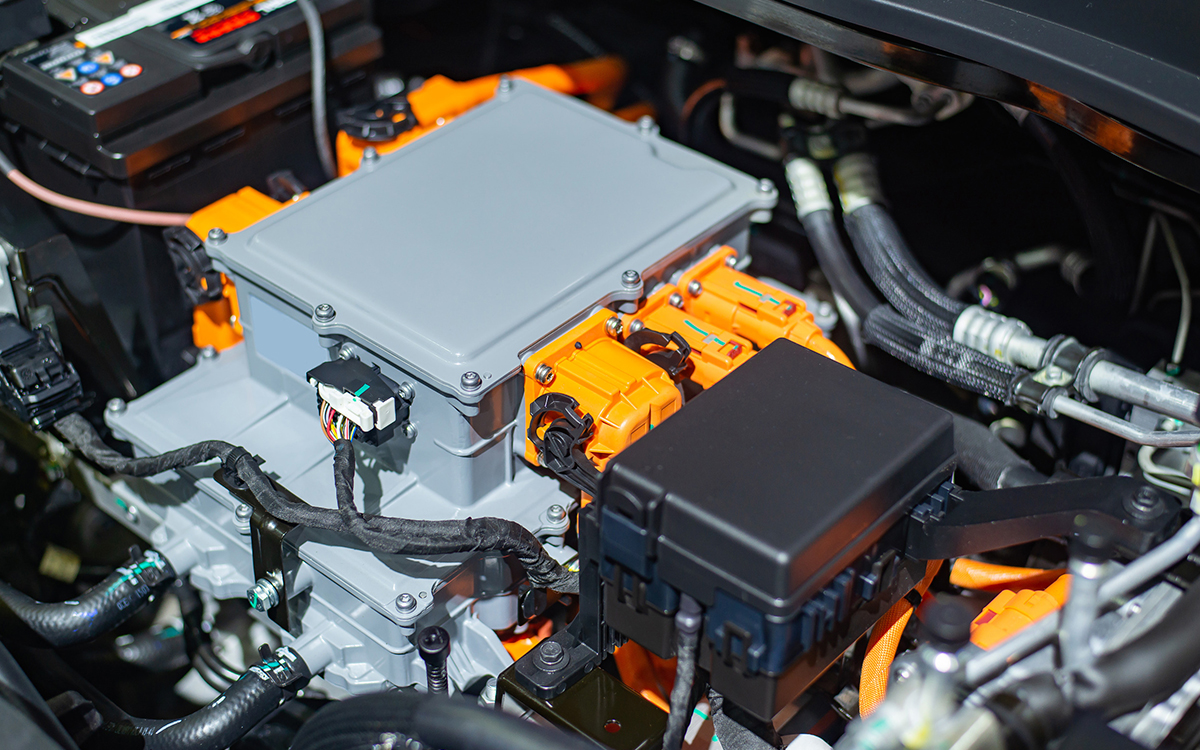
When the battery of an electric car no longer works, this does not mean that it is completely unusable. Like those of smartphones for example, it is possible to recycle it to extract the components. A necessity in the face of the democratization of this type of car.

We always say that the electric cars (VE) are “clean vehicles”, compared to petrol or diesel models. This is the case if we are only interested in the emissions that escape from it while driving, but we forget that the manufacture of the elements that compose them is far from not polluting. Among them, the battery alone constitutes a third of the carbon footprint of an electric vehicle. That is to say the importance of recycling so as not to produce unnecessarybut what really happens in the process?
The famous YouTuber JerryRigEverything shows us this by visiting a factory specializing in the recycling of batteries of all kinds, especially those of EVs. We are talking about models here. lithiumwhich also contain cobalt, copper and nickel. The battery is first sent to a type of crusher which will separate the plastic from the rest. Then passing through a special liquid bath used by the company, the metallic elements are grouped in a “black mass”. A kind of earth that retains metals.
The batteries of electric cars are recycled to extract the components and reuse them
The black mass is then sent to another processing center so that the metals are reused in the manufacture of other batteries. As they are “pure” elements, they can undergo this cycle indefinitely without deteriorating. Finally, 95% of the battery is recycled here. With the constant growth of the electric vehicle fleet, it is essential to generalize the process throughout the world.
Read also – Electric car: this revolutionary battery promises more autonomy and reliability, for less
In Europe, the law requires the inclusion of recycled raw materials in the production of new batteries. By 2031, all batteries must contain at least 26% recycled cobalt, 15% nickel and 12% lithium. The same year at the latest, the recycling process must enable the recovery of at least 95% of the cobalt, copper and nickel, and 80% of the lithium.



